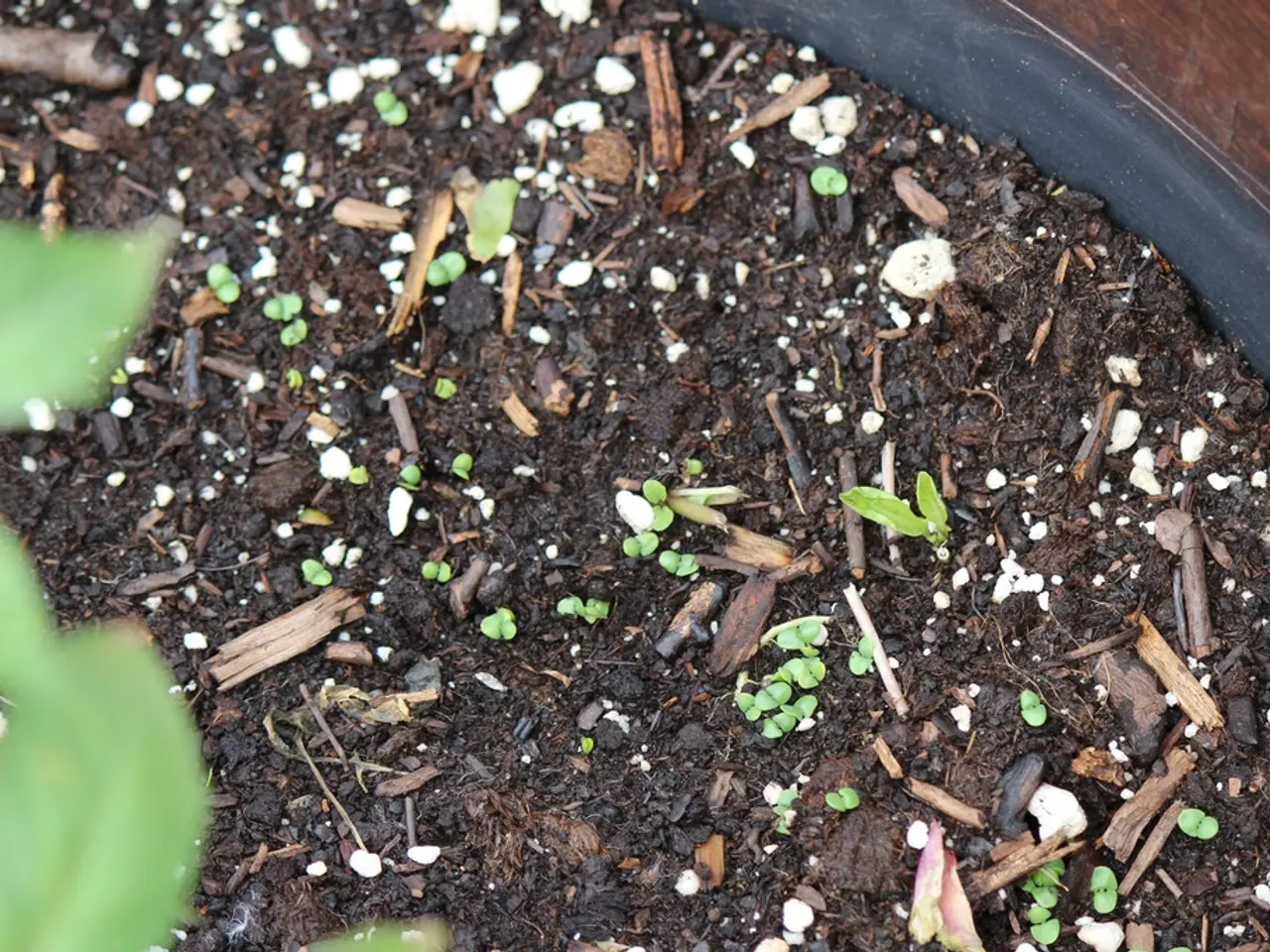Scientists Unveil Breakthrough Method to Study Iron Transformations in Soils
A team of European scientists, led by Ruben Kretzschmar, has developed a novel method to study iron mineral transformations in soils. The technique, which involves iron-57 labeling and Mössbauer spectroscopy, could have significant implications for various domains of Earth sciences.
The research, conducted as part of the ERC-funded IRMIDYN project at ETH Zurich, addresses the challenge of studying iron in soils where it's often overshadowed by more abundant silicate minerals. The new approach uses a stable isotope of iron, iron-57, to label synthetic minerals and track their transformations using Mössbauer spectroscopy.
The team, collaborating with Kasetsart University in Bangkok, applied this method to study iron mineral transformations in rice paddies in Thailand. Rice paddies, vital for food security and ecosystem services, are part of the global wetlands system. The research provided insights into biogeochemical cycling that affects ecosystem processes. Iron, a linchpin of chemical cycling in the environment, controls soil nutrient behavior, carbon storage, and other chemical processes.
The findings from this innovative research could help answer questions about transformations of minerals in various domains of Earth sciences. The technique's potential extends beyond rice paddies, offering a new tool to study iron mineral transformations in diverse soil environments. This could lead to a better understanding of how iron influences chemical processes and ecosystem functions.
Read also:
- Chile's $10B Green Energy Project Threatens World-Class Observatory
- Exploring Harry Potter's Lineage: Decoding the Enigma of His Half-Blood Ancestry
- Elon Musk Acquires 26,400 Megawatt Gas Turbines for Powering His AI Project, Overlooks Necessary Permits for Operation!
- Ontario terminates $100M Starlink agreement due to U.S. import taxes








